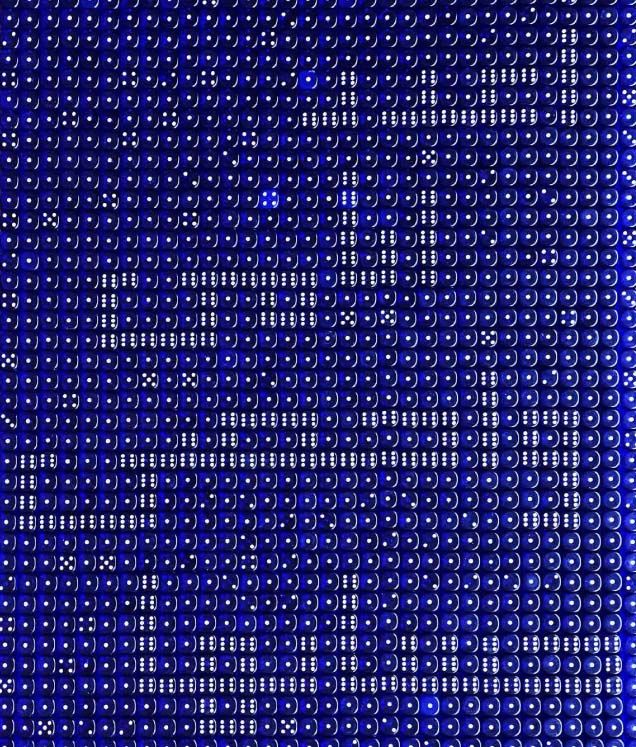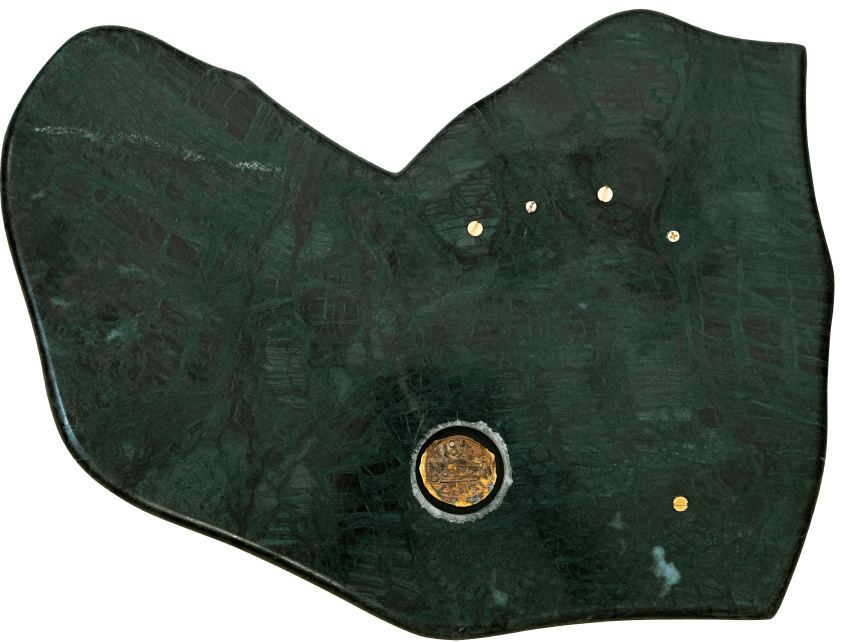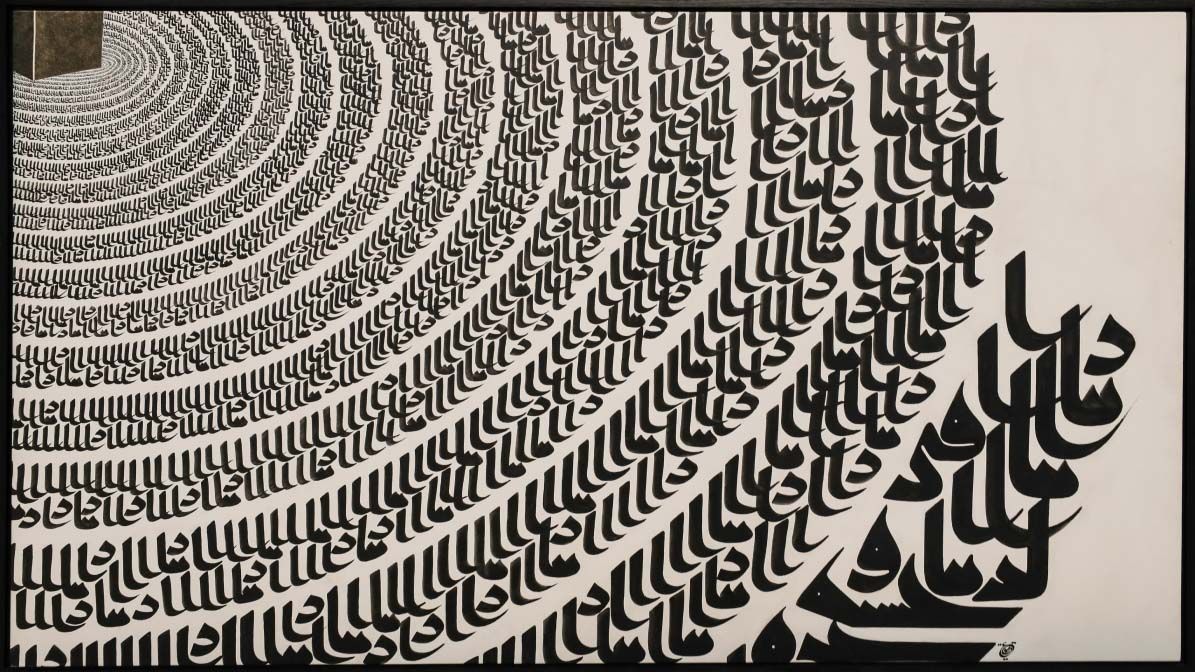Eid mubarak everyone
‘Moon and Tides,’ by Saudi Artist Basmah Felemban. Courtesy Basmah Felemban and Athr Gallery, Jeddah.

We welcomed a different Eid Al-Fitr in 2020. Smaller in scale, with a cap on the number of people allowed to meet and celebrate together, this year’s ‘festival of the breaking of the fast’ reminds us to count our blessings during one of
humanity’s toughest chapters. The world welcomed seeing the crescent moon again, a beloved tradition of anticipation as the end of Ramadan is declared.
Prophet Mohammed (Peace Be Upon Him) said: “Do not fast until you see the crescent moon and do not break your fast until you see it, so if it is obscured from your vision, then calculate it.”
The Islamic calendar is based on lunar cycles, as opposed to the Gregorian calendar which is based on the solar cycle. New months start and end with each new moon ‘born.’ The average new moon appears every 29.53 days, so the lunar months are a bit shorter compared to the Gregorian months, which usually last 30 or 31 days. There are special formulas that can be used to calculate the birth of a new moon, but most opt for the traditional way of going out and trying to see it.
Eid is celebrated for three days, with a special Eid prayer on the first day. Everyone donning new clothes, some traditional, some contemporary. Children are given an ‘Eidiya’ (a gift of money), so they can go and shop for something special. As we pray for better days, we welcome this Eid with one of its most cheerful anthems from the 1980s, sang by the iconic Egyptian singer, Safaa Abou El Seoud: “Ahlan ahlan bel Eid/Marhab marhab bel Eid”
(Welcome, oh welcome Eid/Greetings, oh greetings to Eid) followed by the happy hooray that everyone knows by heart “He he heey/He he he, heey”. Across generations, from grandparents to grandchildren, this Eid song is remembered and shared as joyous proof of a more innocent time, one we hope to have again.
Try your hand at coloring some of the great Middle Eastern masterpieces, such as this festive Badr Al-Badoor here, by downloading your copy of a coloring activity booklet, courtesy of Barjeel Art Foundation.

‘Badr Al Badoor,’ by pioneer Kuwaiti artist Thuraya Al-Baqsami. Courtesy Barjeel Art Foundation.


